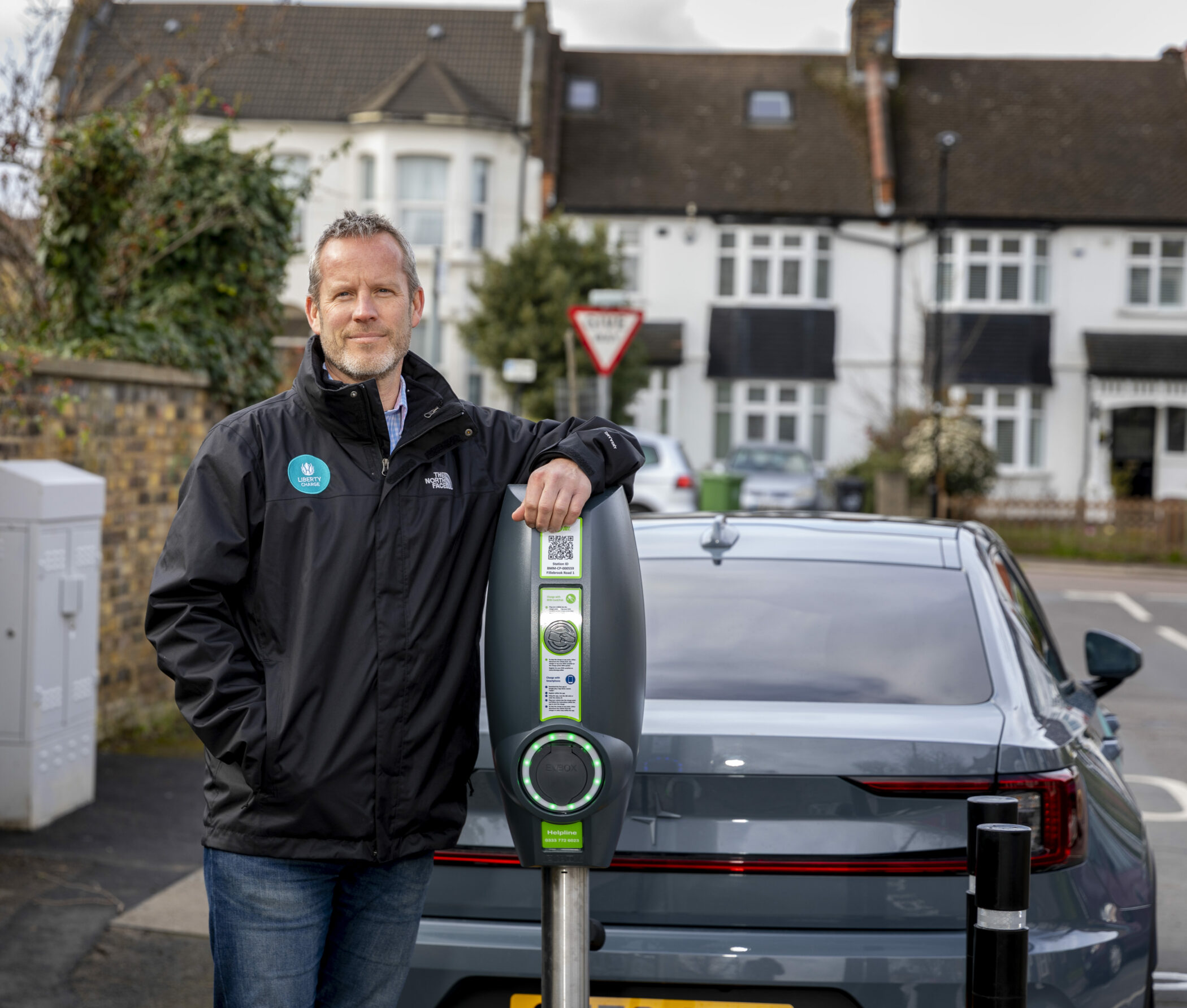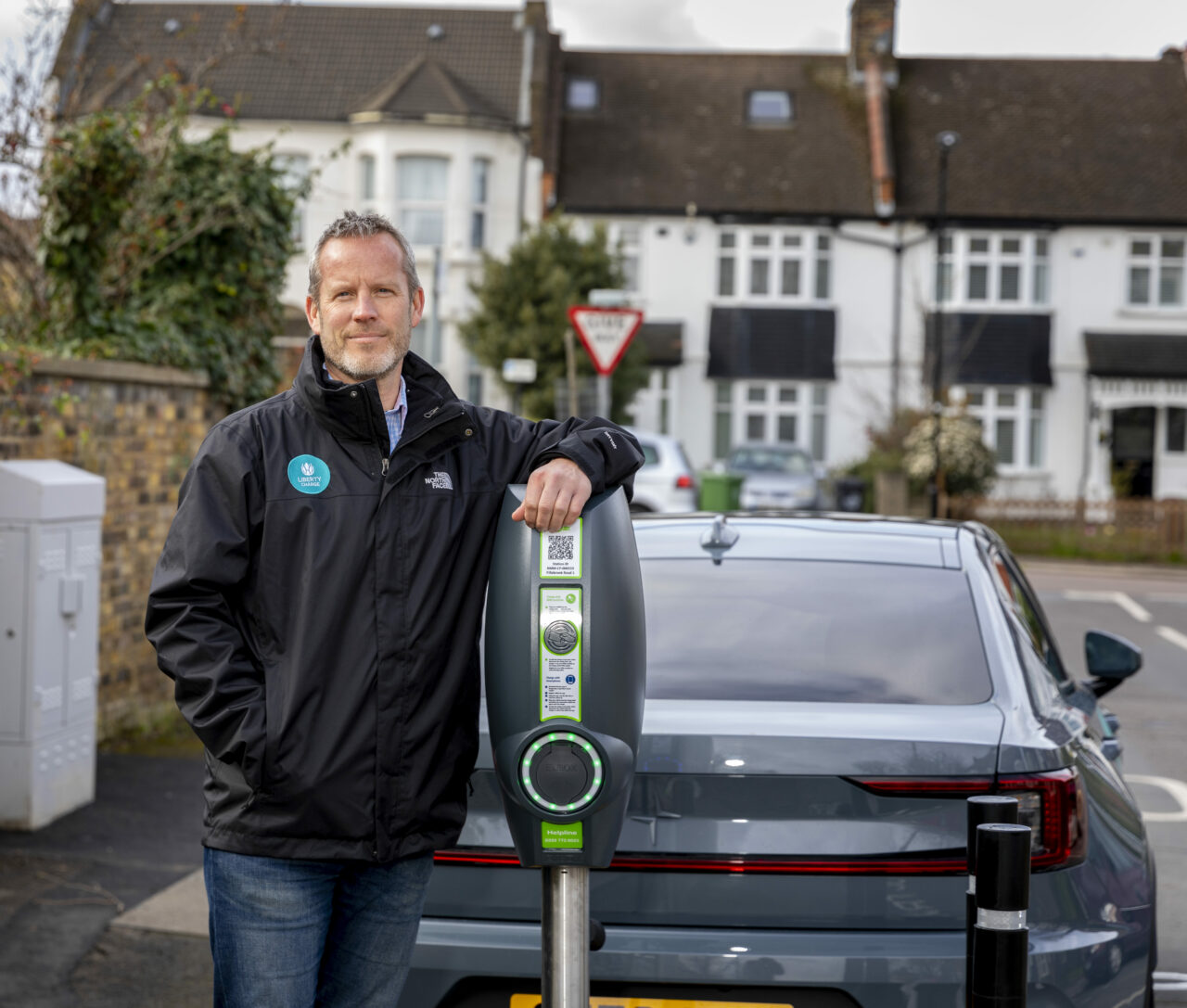We’re seeing a real thrust towards Electric Vehicle (EV) adoption, driven by a combination of government initiatives as part of its net zero target, rapidly improving technology and consumer demand to match. For evidence, look no further than the rocketing valuation of Tesla.
This is all set against the backdrop of the UK’s desire to ‘build back better’ as we recover from the impact of the pandemic. Indeed, with its combination of green credentials, investment and growth opportunities and a platform to blend the best of public sector and private enterprise, there is no reason why the EV sector should not epitomise this approach. And in the year that the UK hosts COP26, the timing is perfect to tackle the one major reason this sector is being held back – the under-supply of charging points.
Infrastructure needs to keep pace
The data paints a clear picture of the scale of this challenge. In the UK, all-electric cars went from 1.6% of the market in 2019 to 6.6% of the market in 2020, representing a near three-fold increase in sales volume. Earlier this year, the government announced a £20m ‘cash injection’ to boost the number of on-street electric vehicle charge points across the UK. The On-Street Residential Chargepoint Scheme (ORCS) is being extended to 2021/22, allowing Local Authorities to continue to install chargers for those without private parking. This is welcome news and a positive step forward if the UK is to hit its well documented net zero targets.
Yet a report in October 2020 by the European Automobile Manufacturers’ Association showed that while sales of EVs had increased 110% over the previous three years in Europe, the number of public charging points had grown by just 58%. Most EV drivers, despite loving their cars, will tell you that the infrastructure is already inadequate, with too few public chargers and many regularly out of service. This is only going to get worse if EV sales continue to outstrip charger installations by such huge margins.
The role of private enterprise
It’s a point underlined by the think tank, Policy Exchange, which recently released a new report – Charging up – that explores policies to deliver a comprehensive network of public EV charge points across the UK. The report found the UK is likely to need around 400,000 public charge points by 2030. Today, the UK has around 35,000 public chargers according to the think tank, with chargepoint operators installing around 7,000 new charge points per year, so it’s clear that the numbers don’t add up. To install enough public charge points to meet the requirement, roll out will need to occur five times faster at a cost of between £5 billion and £10 billion by 2030.
Clearly, neither the government nor local authorities can be expected to foot the bill in full but the solution doesn’t automatically have to mean large governmental expenditure. This is because public charging can make money in the same way as domestic energy and communications supply. What it does need is the establishment of strong private-public relationships in order to help deliver on the government’s objectives.
In fact, if we have any chance of meeting our net zero objectives, bringing together the best of these sectors is mandatory. Local authorities control and manage the public roads where people without driveways park, while private enterprises have the technology, skills, tools and, in certain cases, the ability to fund and own a long-term infrastructure asset at their fingertips.
A clear path to installation
Take the matter of site selection, for instance. The act of identifying where to place on-street charging is a time-consuming and complex process. For every site selected, councils may have looked at and analysed anywhere up to 20 alternative locations before securing one location – that’s a huge amount of wasted time, effort and money that local authorities can better utilise elsewhere.
Not only can private enterprise speed up the process by using geospatial tools to identify where the uptake will be highest, but this can be done with full macro visibility into influencing factors, mitigating many issues before they occur. Like, for example, finding sites that don’t have pathway restrictions – ideally at least 1.8 meters of pathway space is needed, to avoid charge points becoming blocking obstacles. And this is just one hurdle of many. By engaging support from the private sector, local authorities are getting the insight, expertise and knowledge to chart a much clearer path to a quicker installation.
The need for speed
There are some great examples of local government doing this well, particularly in London, Oxfordshire and Milton Keynes. But to unlock the major blockage in the roll-out of EVs, more needs to be done. According to research, commissioned by Centrica, councils are planning to install an average of only 35 on-street electric vehicle chargers each, between now and 2025. This is a figure that must be addressed. The recent funding announcement is a welcome move from the government and a further indication of its commitment to the acceleration of EVs, but an adequate supply of street chargers is now becoming essential.
The EV revolution is clearly coming if you look at sales volumes, particularly in the UK and Europe. But if the charging infrastructure doesn’t pick up, it could leave thousands of EV drivers disappointed, disillusioned and, quite literally, disconnected. By working with local authorities, we can address this problem head-on – and quickly. They need not feel alone when it comes to scaling this challenge. Quite the opposite, in fact: private companies are ready and willing partners to help build a fit-for-purpose EV infrastructure in the UK.
At Liberty Charge we already work in partnership with local authorities and ChargePoint operators to help deliver power and connectivity infrastructure for on-street electric vehicle (EV) charging. Working in towns and cities in the UK, Liberty Charge serves residents who don’t have access to off-street parking or charging facilities.
Neil’s blog first appeared on Open Access Government here
Liberty Charge announced the successful completion of its first UK installation in the London borough of Waltham Forest on Monday 12 April; full story here.
Photography: Mark Chivers










